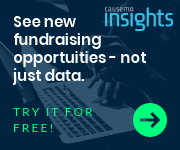Regardless of which role you play in your nonprofit organization, you have one end goal in mind: support the cause. Naturally, a huge driver of that support is donations -- they are what helps your organization make an impact. However, donations also pose a double-edged sword for many organizations; to find the right donors, you need time, skills and resources to create fundraising campaigns.

But how do you know if those campaigns will provide a better return on your investment? And how do you encourage people to keep giving after those campaigns have ended?
Today, it’s more important than ever for nonprofits to target their ideal donors and
prospects “where they live,” both to improve campaigns results and to ensure that current and potential donors continue to see the important work an organization does.
This is exactly where data comes in, and also why we created a free software to make it easier for nonprofits to access and leverage their supporter data. If you haven't already, sign up and get started - free.
Nonprofit data doesn’t have to be complex
You’ve probably heard a lot about data lately; it’s everywhere, including in your nonprofit. But your nonprofit data is not just in the number of dollars raised or the number of people you’ve helped. Data can also be used to do more than gauge past success; it can provide insights into the future.
Not sure how data can make the difference in your organization - especially when you don’t know where to find it? You’re not alone. Thankfully, data doesn’t have to be complicated -- and it can directly benefit your nonprofit’s donor acquisition.
1. Data tells you where to save your money (and your effort).
Remember that last campaign that you really loved and couldn’t wait to launch… but it didn’t go as planned? Maybe it was a fundraising event that you barely broke even on, or maybe it was a new email drip that nobody seemed to want to open. While it can be difficult, it’s important to see these as data points for future use.
Thanks to the data, you now know that a fundraising event for penguins doesn’t work in the heat of late July, or that Fridays at 5pm are a really bad time to send out that important donation request email. Now you can put your resources where they can have the most impact; in the places and times that connect with your donors.
2. Data makes it easier for donors to support your cause.
People want to donate money, they really do. Nearly 70 percent of Americans donate and overall giving increases by about 2 percent every year. So where are all these donors and why won’t they click your Facebook link? Without data, you might be creating campaigns or content that don’t make it to your donors -- because they’re not there.
Instead of casting a wide net and hoping you catch a few donors, data can help you figure out where your donors “hang out,” as well as which message calls to them most. By reviewing data, you can see who clicked your latest Facebook post, who donated after reading last week’s email or who mailed a check after you sent that new flyer. All of this tells you which method of interaction your donors prefer -- and you can move forward with a more targeted approach.
When you come to your donors (rather than hoping they come to you), you make it a thousand times easier for them to write a check or click “Donate.”
3. Data can highlight your ideal donors.
Who is your ideal donor? Do you know? Your organization might have an idea, or a robust persona written out, but do you know who your ideal donor is… based on the data? Take, for example, your highest donation amount this year. You want to attract more of that, but it might be hard to know how without the data.
To attract ideal donors who support your cause consistently, you might need to know things like:
- Who they are
- Where they live
- What they do for a living
- Other causes they support
- How they donated (check, credit, etc.)
There are rich insights to be found in your current donors, if you know where to look. This data can be used to create donor journeys that keep new and established donors engaged and giving - but it starts with knowing who your donors are.
 Screen Capture: Causemo Insights Dashboard, Constituent Views
Screen Capture: Causemo Insights Dashboard, Constituent Views
4. Data can provide a roadmap to revenue.
What if you don’t have the insights you really need to help you target donors with campaigns they will engage with? Let’s say, for example, that you know their general age and gender, but you don’t know where they live or if they prefer emails or physical mail.
The real beauty of nonprofit donor data is that it can be shared and aggregated to provide a better, more holistic view. Building on pieces of your own donor story, you can also find other, similar sources that provide more in-depth information on who your donors are - and their preferences.
Causemo offers access to a philanthropic dataset of over 200 million individuals, making reporting on retention rates, giving trends, revenue and more accessible to your organization. You can also create rich data visualizations to help you understand your donors better than ever – their demos, their interests, and more. Ultimately, enabling highly targeted, profitable campaigns. You can try the Causemo Insights platform, free, by signing up here.
Data isn’t spreadsheets; it’s the work you do everyday
Many nonprofits get caught up thinking that data comes in the form of spreadsheets and decimal points, or that they need a data analyst to really “get in there.” But today, data can be as simple as the age, gender and geographic location of your biggest donor; the last email you sent that really resonated with people; or the event that raised enough money to help launch your latest program.
Finding the data points in your most important work doesn’t have to be difficult; in fact, it may take a little creativity. But there is a rich pool of data at your fingertips - no matter how big or small your budget. Don’t let it go to waste!
If you want to find out more about your donors and the activities that are driving revenue, sign up for a free Causemo Insights account.










